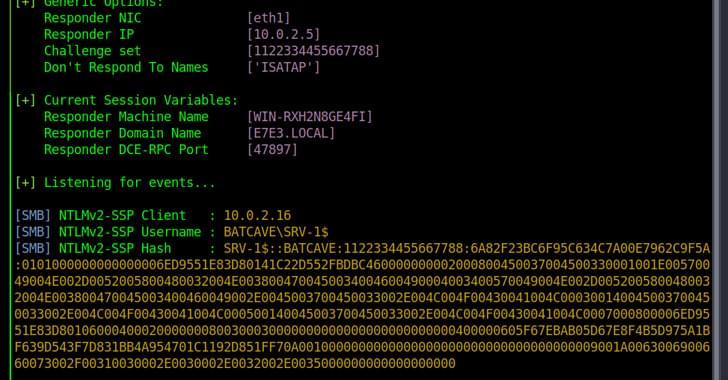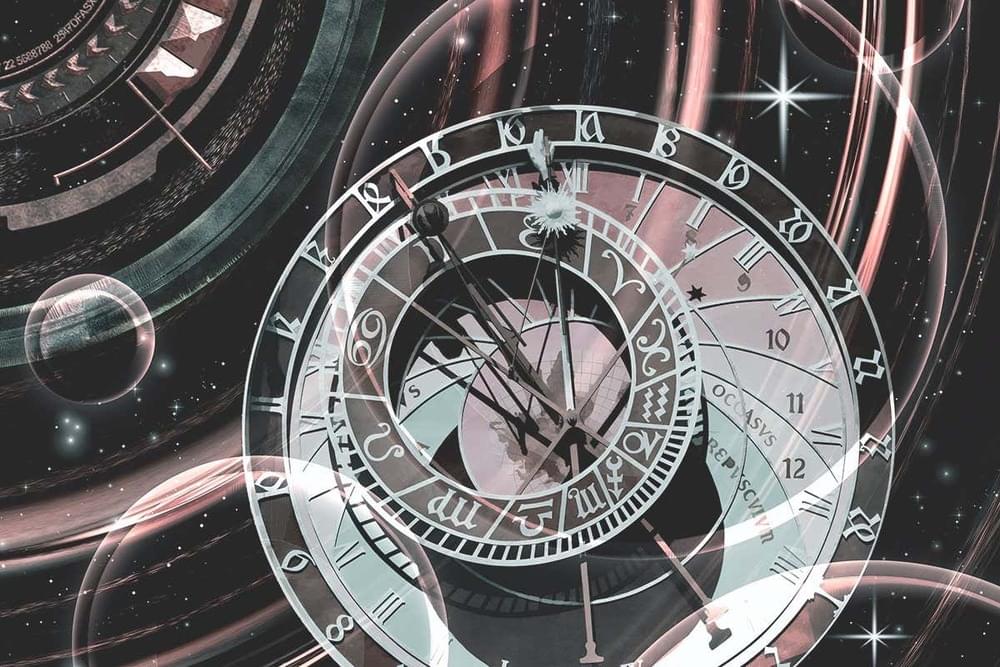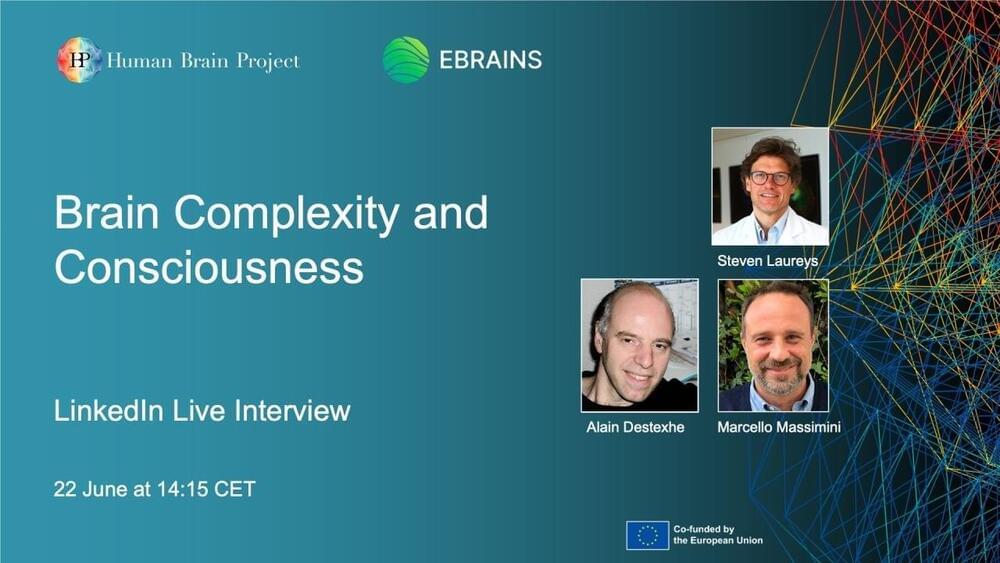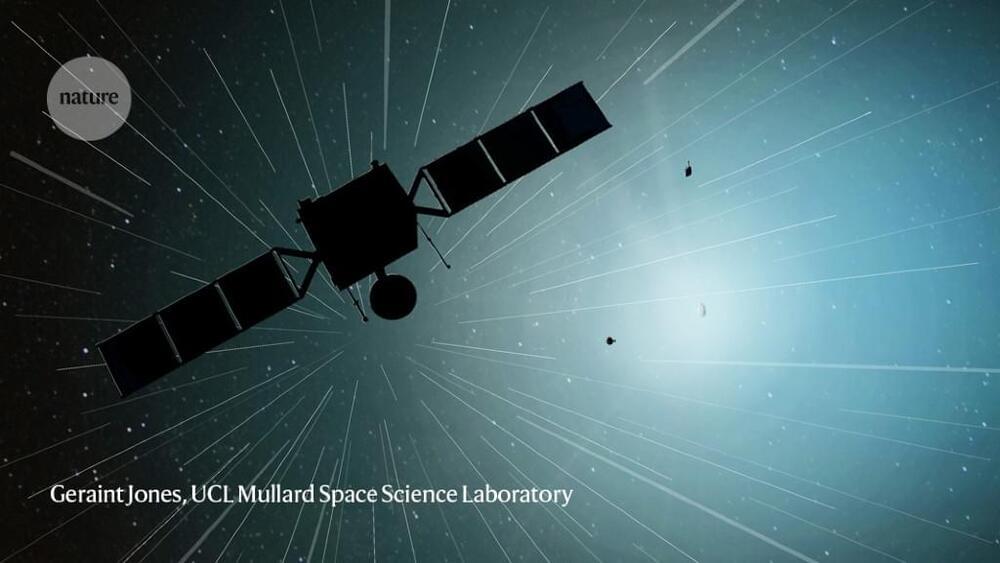A group of drugs commonly used to treat erectile dysfunction may be able to boost the effect of chemotherapy in esophageal cancer, according to new research funded by Cancer Research UK and the Medical Research Council.
This research, published today (Tuesday) in Cell Reports Medicine, found that the drugs, known as PDE5 inhibitors can reverse chemotherapy resistance by targeting cells called cancer-associated fibroblasts (CAFs) residing in the area surrounding the tumor.
Although this is early discovery research, PDE5 inhibitors combined with chemotherapy may be able to shrink some esophageal tumors more than chemotherapy could alone, tackling chemotherapy resistance, which is one of the major challenges in treating esophageal cancer.







